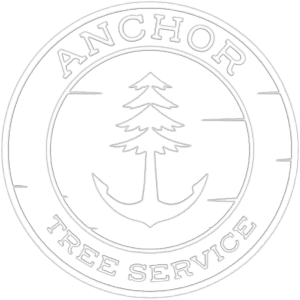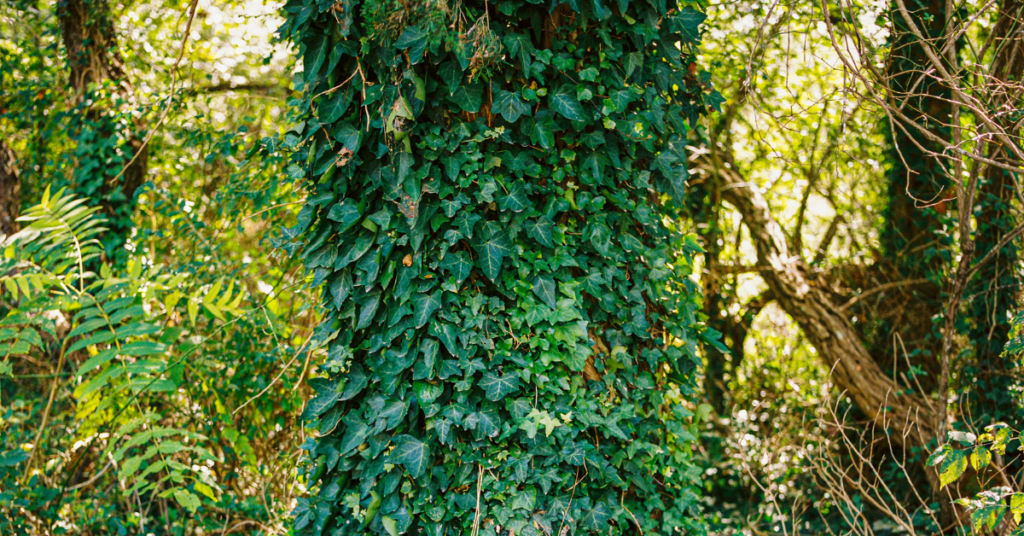Invasive tree species are a growing concern in Victoria, BC, as they threaten local ecosystems, outcompete native species, and can cause significant ecological and economic damage. Addressing this issue involves identifying these invasive species and implementing effective removal and management strategies. This article provides a comprehensive overview of the identification and removal of invasive tree species in Victoria.
Identifying Invasive Tree Species in Victoria

1. English Holly (Ilex aquifolium)
- Identification: English Holly is recognizable by its glossy, dark green leaves with sharp spines along the edges and bright red berries. It can grow as a shrub or a small tree.
- Impact: This species shades out native plants and can form dense thickets, making it difficult for other vegetation to establish.
2. English Ivy (Hedera helix)
- Identification: English Ivy has dark green, waxy leaves with a distinct lobed shape. It can climb trees and buildings, creating a dense mat of foliage.
- Impact: Ivy competes with native flora for sunlight, water, and nutrients, often leading to the decline of local plant species. Its weight can also damage trees and structures.
3. Scotch Broom (Cytisus scoparius)
- Identification: This shrub has bright yellow flowers and slender, green stems. It often grows in dense, impenetrable thickets.
- Impact: Scotch Broom alters soil chemistry, making it less hospitable for native plants. Its dense growth pattern can impede the regeneration of native forests.
4. Norway Maple (Acer platanoides)
- Identification: The Norway Maple has broad, dark green leaves with five lobes and milky sap. It produces large quantities of seeds that can spread quickly.
- Impact: This species competes with native maples and other trees, reducing biodiversity. Its dense canopy shades out understory plants.
5. Tree of Heaven (Ailanthus altissima):
- Identification: This tree has large, pinnate leaves and a distinctive odor. Its bark is smooth and light grey, and it produces winged seeds.
- Impact: The Tree of Heaven is highly aggressive, releasing chemicals into the soil that inhibit the growth of other plants. It can quickly dominate an area, reducing habitat diversity.
Strategies for Removing Invasive Tree Species
Manual Removal
Manual removal involves hand-pulling young plants, digging out root systems, and cutting mature trees, ensuring maximum root removal to prevent regrowth. Though labor-intensive, it is effective for small infestations and environmentally friendly, avoiding chemicals. Deciding whether to remove a tree near your home involves assessing potential risks. Explore our advice in Should I Remove a Tree Close to the House?.
Mechanical Removal
Mechanical removal uses machinery like chainsaws, brush cutters, and stump grinders for large infestations. Proximity of trees to buildings can pose various hazards. Discover the implications in What Happens if a Tree Is Too Close to Your House?. While effective, it can disrupt soil and vegetation, requiring follow-up measures to prevent regrowth.
Chemical Control
Chemical control involves applying herbicides like glyphosate and triclopyr to cut stumps, basal bark, or foliage. It must be used judiciously, following local regulations and safety guidelines to avoid harming non-target species.
Biological Control
Biological control introduces natural predators or pathogens that target invasive species, such as specific insects or fungi. This method requires careful monitoring to avoid ecological consequences and is often combined with other control methods. Proper maintenance, including trimming and pruning, can help control invasive species. Learn the distinctions in What Is the Difference Between Tree Trimming and Pruning?.
Integrated Pest Management (IPM)
IPM combines manual, mechanical, chemical, and biological methods, adapting strategies based on ongoing monitoring. This comprehensive approach minimizes environmental impact and maximizes control effectiveness.
Post-Removal Management and Restoration

Monitoring and Maintenance
Regular monitoring and follow-up treatments are crucial to address regrowth. Periodic inspections, especially during the growing season, help catch new invasions early. Effective stump removal is part of managing invasive species. Explore various methods in You Have a Tree Stump You Want to Get Rid Of, What Are You Options?.
Restoration of Native Vegetation
Replanting with native trees and shrubs after removal restores the ecosystem, providing habitat for wildlife and improving biodiversity. Choosing species suited to site conditions ensures successful restoration.
Consulting with Arborists
Consulting with certified arborists like those at Anchor Tree Service provide expert guidance on managing invasive tree species. Understanding which trees are protected can help in planning removal strategies. Find out more in What Trees Are Protected In Victoria For Property Developers?. Certified arborists can help identify invasive trees, recommend effective removal techniques, and offer advice on preventing future infestations. Their expertise ensures that the removal process is thorough and minimizes harm to the surrounding environment, making them invaluable partners in invasive species management.
Conclusion

Addressing invasive tree species in Victoria, BC, requires a combination of removal strategies and ongoing management. By integrating manual, mechanical, chemical, and biological methods into an IPM framework and consulting with arborists, it is possible to mitigate the impact of invasive trees and restore native ecosystems. Post-removal management, including monitoring, restoration, and public involvement, is crucial for ensuring long-term success. Through these concerted efforts, we can protect Victoria’s natural landscapes and promote a healthy, biodiverse environment.
Dealing with invasive tree species is crucial for preserving the natural beauty and health of Victoria’s ecosystems. At Anchor Tree Service, we specialize in providing comprehensive tree services in Victoria, BC, including identifying and removing invasive trees using the most effective and environmentally friendly methods. Our team of certified arborists is dedicated to restoring and maintaining the balance of local habitats. Whether you need manual removal, mechanical assistance, or expert advice on tree management, we are here to help. Protect your property and contribute to the ecological well-being of Victoria by contacting us today for a consultation. Let us work together to ensure a healthy, biodiverse environment for future generations.


